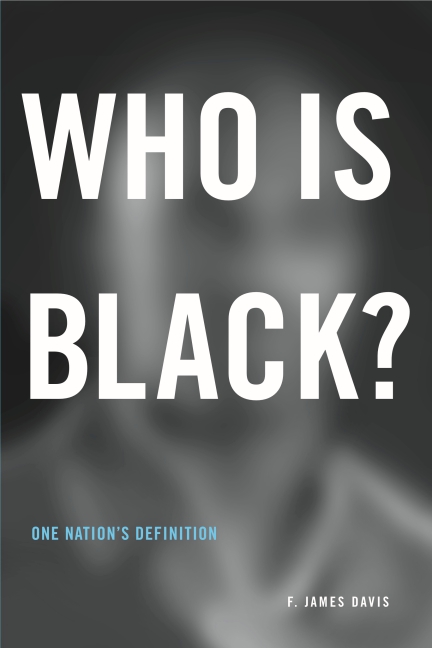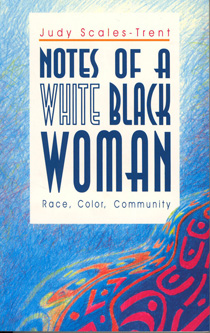Light, Bright, and Damned Near White: Biracial and Triracial Culture in AmericaPosted in Books, Media Archive, Monographs, Tri-Racial Isolates, United States on 2009-10-18 18:35Z by Steven |
Light, Bright, and Damned Near White: Biracial and Triracial Culture in America
Praeger Publishers an imprint of Greenwood Publishing Group
2009-03-20
168 pages
Trim Size: 6 1/8 x 9 1/4
Hardcover ISBN: 0-275-98954-2; ISBN-13: 978-0-275-98954-5
The election of America’s first biracial president brings the question dramatically to the fore. What does it mean to be biracial or tri-racial in the United States today? Anthropologist Stephanie Bird takes us into a world where people are struggling to be heard, recognized, and celebrated for the racial diversity one would think is the epitome of America’s melting pot persona. But being biracial or tri-racial brings unique challenges – challenges including prejudice, racism and, from within racial groups, colorism. Yet America is now experiencing a multiracial baby boom, with at least three states logging more multiracial baby births than any other race aside from Caucasians. As the Columbia Journalism Review reported, American demographics are no longer black and white. In truth, they are a blended, difficult-to-define shade of brown.
Bird shows us the history of biracial and tri-racial people in the United States, and in European families and events. She presents the personal traumas and victories of those who struggle for recognition and acceptance in light of their racial backgrounds, including celebrities such as golf expert Tiger Woods, who eventually quit trying to describe himself as Cablanasin, a mix including Asian and African American. Bird examines current events, including the National Mixed Race Student Conference, and the push to dub this Generation MIX. And she examines how American demographics, government, and society are changing overall as a result. This work includes a guide to tracing your own racial roots.
Table of Contents:
Chapter I: Premixed Pre-measured: Populace of the New World.
Chapter II: Too Light to be Black, Too Dark to be White: who is passing for what?
Chapter III Tan Territory: eparating Fact, Fiction and Fantasy.
Chapter IV: Some of Americas Best Known Biracials and Triracials Across History.
Chapter V: Bricolage: Constructed Identities of Les Gens de Couleur Libre and Cane River Negroes
Chapter VI: From Italian explorers to Sicilian Contandini and Biracial Royals: the Mixed Race Experience as Illustrated by the Italian Diaspora.
Chapter VIII: When Things Really Go Wrong: Australia’s Black/White Debacle.
Chapter IX: Profiles of Triumph and Courage.
Chapter X: Current events: In Government, On Campus, the Internet and in the News.
Chapter XI: Tool Box for Change/Conclusions
About the Author:
Stephanie Rose Bird is an independent scholar and anthropologist. She is herself tri-racial, and has been interviewed on the topic by media including ABC, National Public Radio, and the Public Broadcast System.




